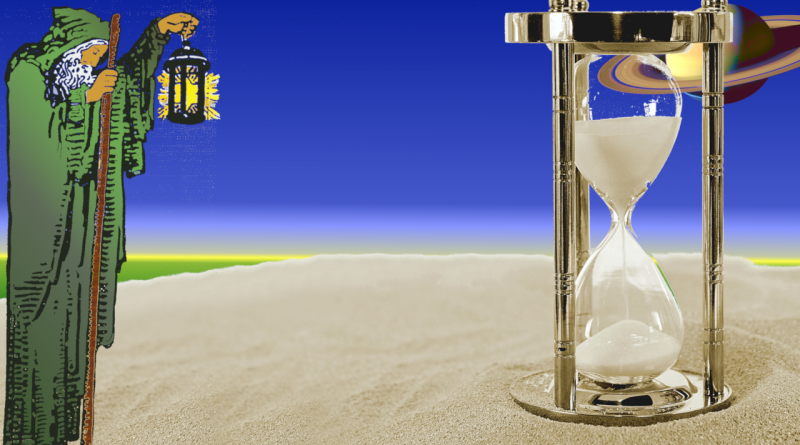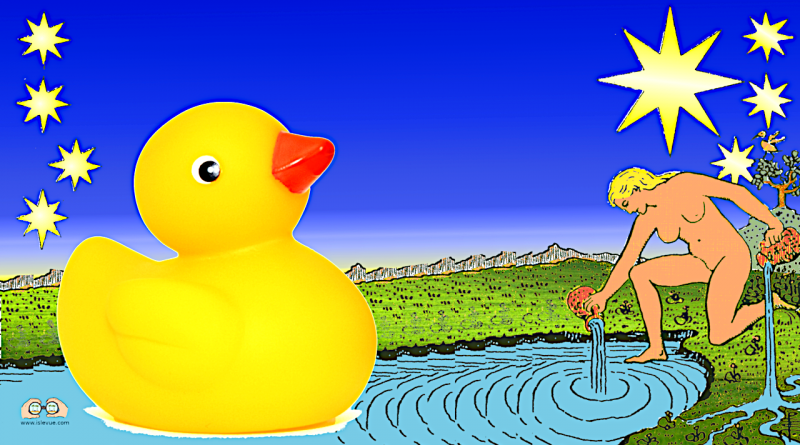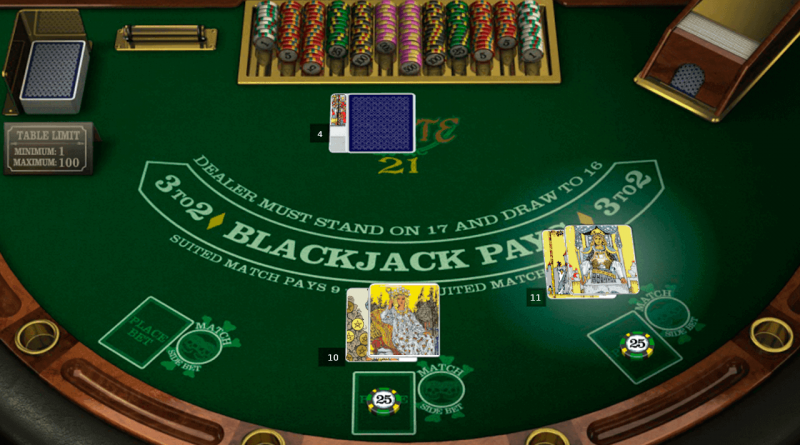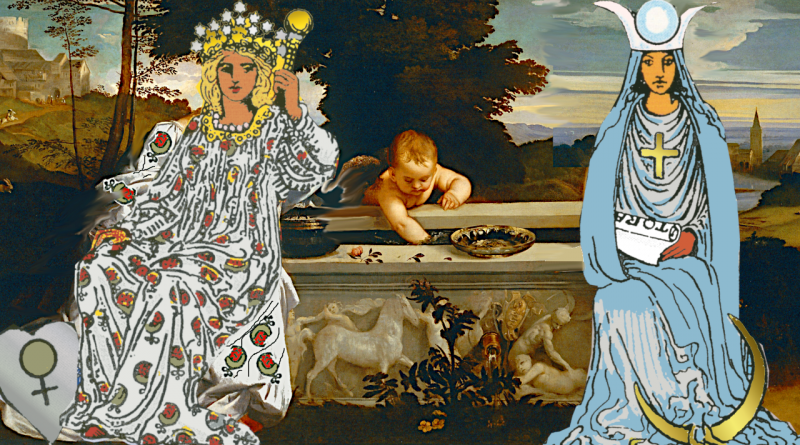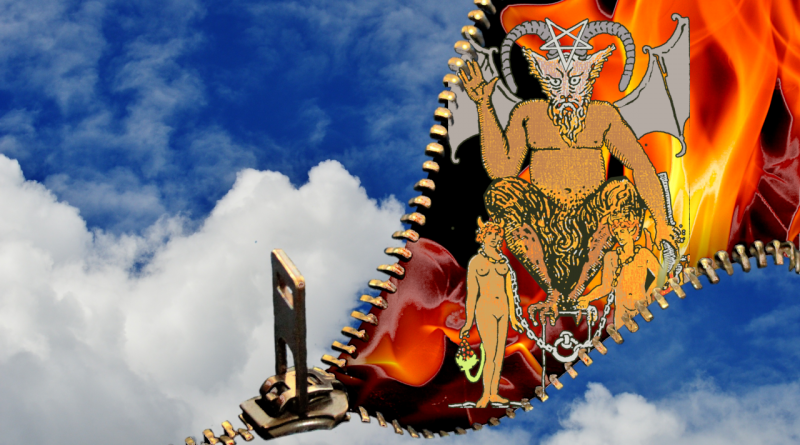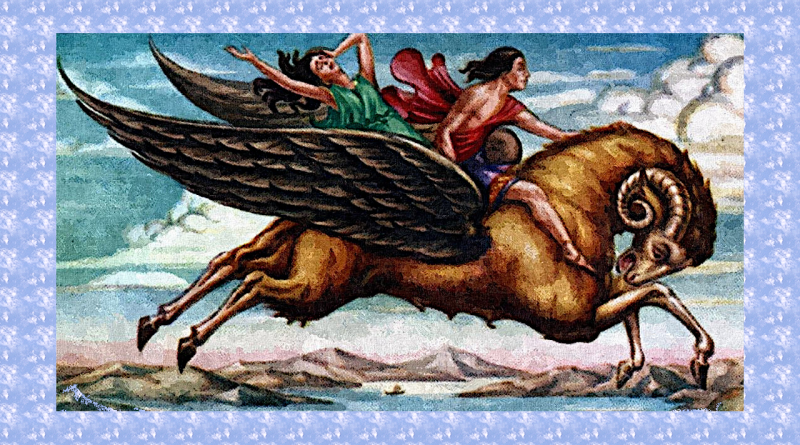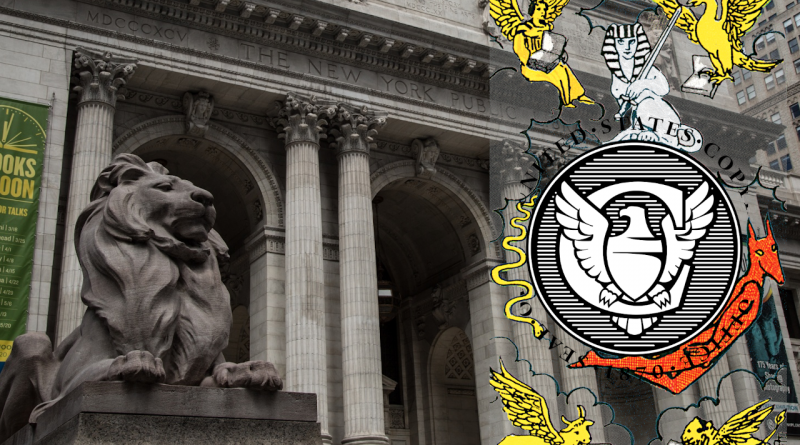Two Questions On the Hermit
Two questions about the anonymous but enlightened hermit: (1) who is he and (2) why the six pointed star? Less mysterious but also important is the question of why Waite included the very, very negative secondary set of upright divinatory meanings in the Pictorial Key to the Tarot? As we examine the questions, we’ll find links to Father Time, the Christian God the Father, and the head of the Order of Friars Minor Capuchin. We’ll also stumble across that famous number, 666. In the end, the identity of the Hermit is in the eye of the beholder, since he seems to hold more than one identity. But that may be appropriate for a major arcanum associated not just with prudence, but also with dissimulation and treason.
Read More